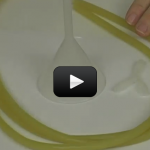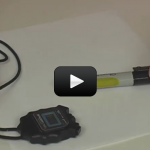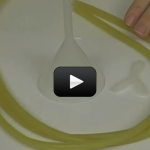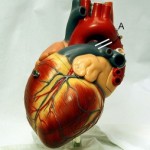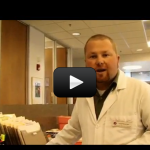The Cardiovascular System
Every living thing, from tiny bacteria, to giant oak trees, to you and me, is made of tiny things called cells. When groups of cells work together, they form structures called tissues.
When groups of tissues work together, they form structures called organs. Your brain, lungs, and heart, are all examples of organs.
When groups of organs work together, they make organ systems, which are sometimes just called systems. Your body has many systems, including the cardiovascular system.
In this lesson, you will learn more about the cardiovascular system, and the important things it does to keep you alive.
[am4show have='p8;p9;p11;p38;p72;p77;p92;' guest_error='Guest error message' user_error='User error message' ]
Scientific Concepts:
- Learn about blood, blood vessels, and the heart
- Learn how the flow of blood throughout the body helps us live
- Learn the process of circulation
- Learn about common diseases of the cardiovascular systems and how to minimize the risk of getting these diseases
Circulatory or Cardiovascular?
The cardiovascular system specifically refers to the heart (cardio) and blood vessels (vascular), including arteries, veins, and capillaries. It focuses on pumping and transporting blood throughout the body.
The circulatory system is a broader term that includes:
- The cardiovascular system (heart and blood vessels).
- The lymphatic system, which consists of lymph nodes, lymph vessels, and lymphatic fluid, playing a role in immune defense and maintaining fluid balance.
The cardiovascular system is a part of the circulatory system, but the circulatory system also includes the lymphatic system, making it more comprehensive.
[/am4show]

